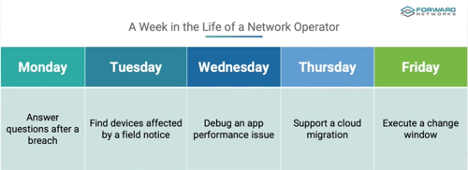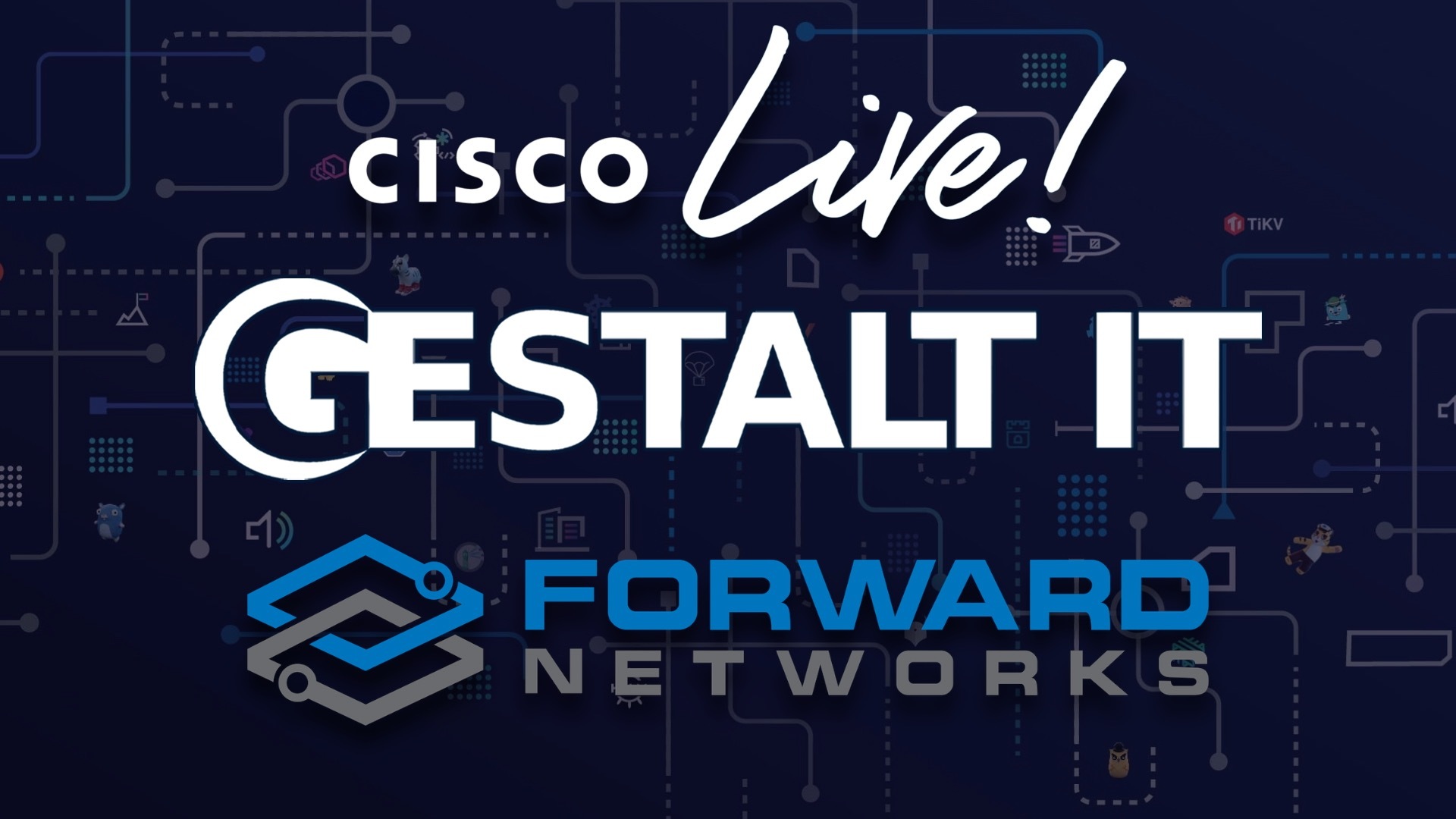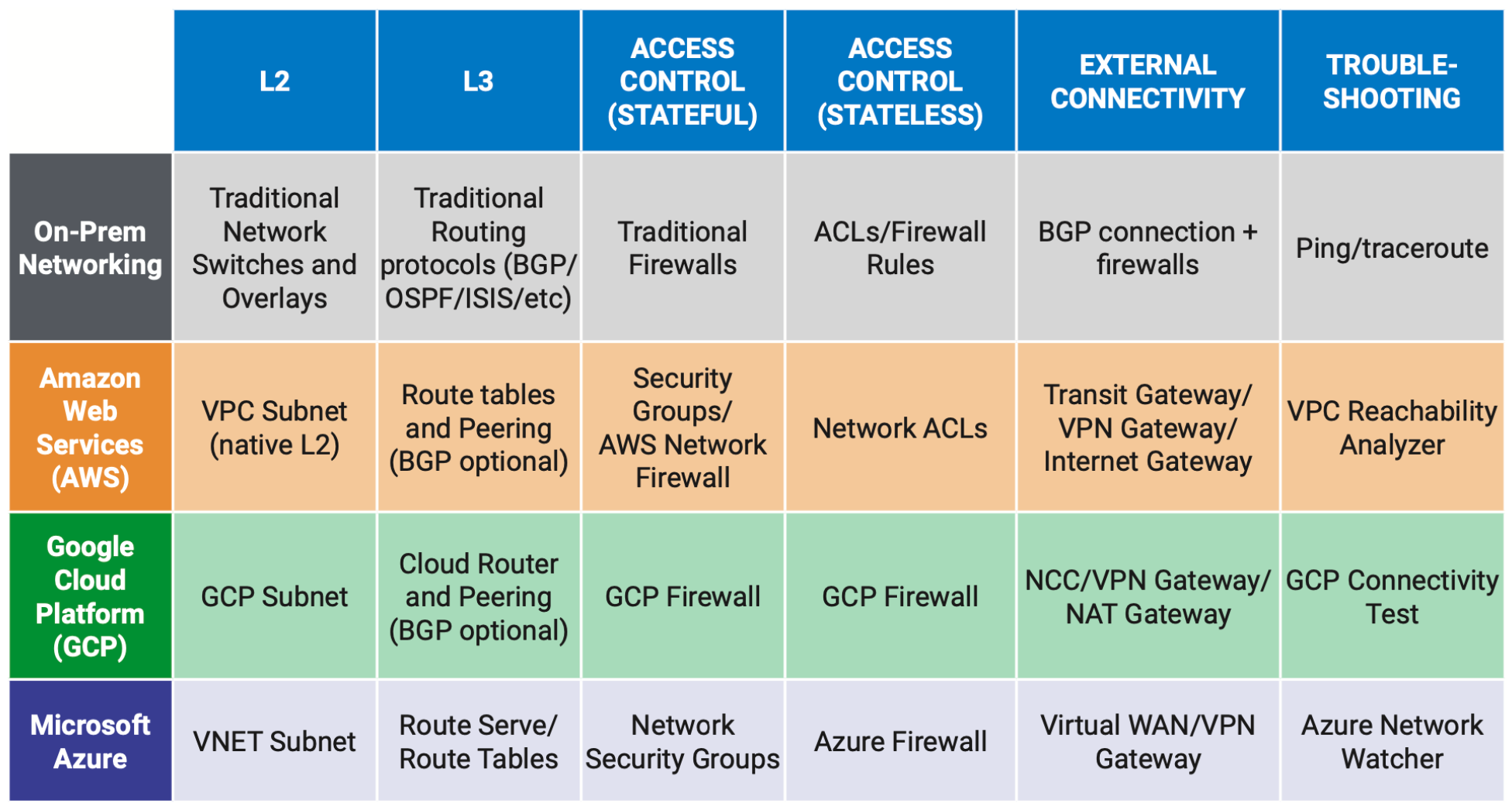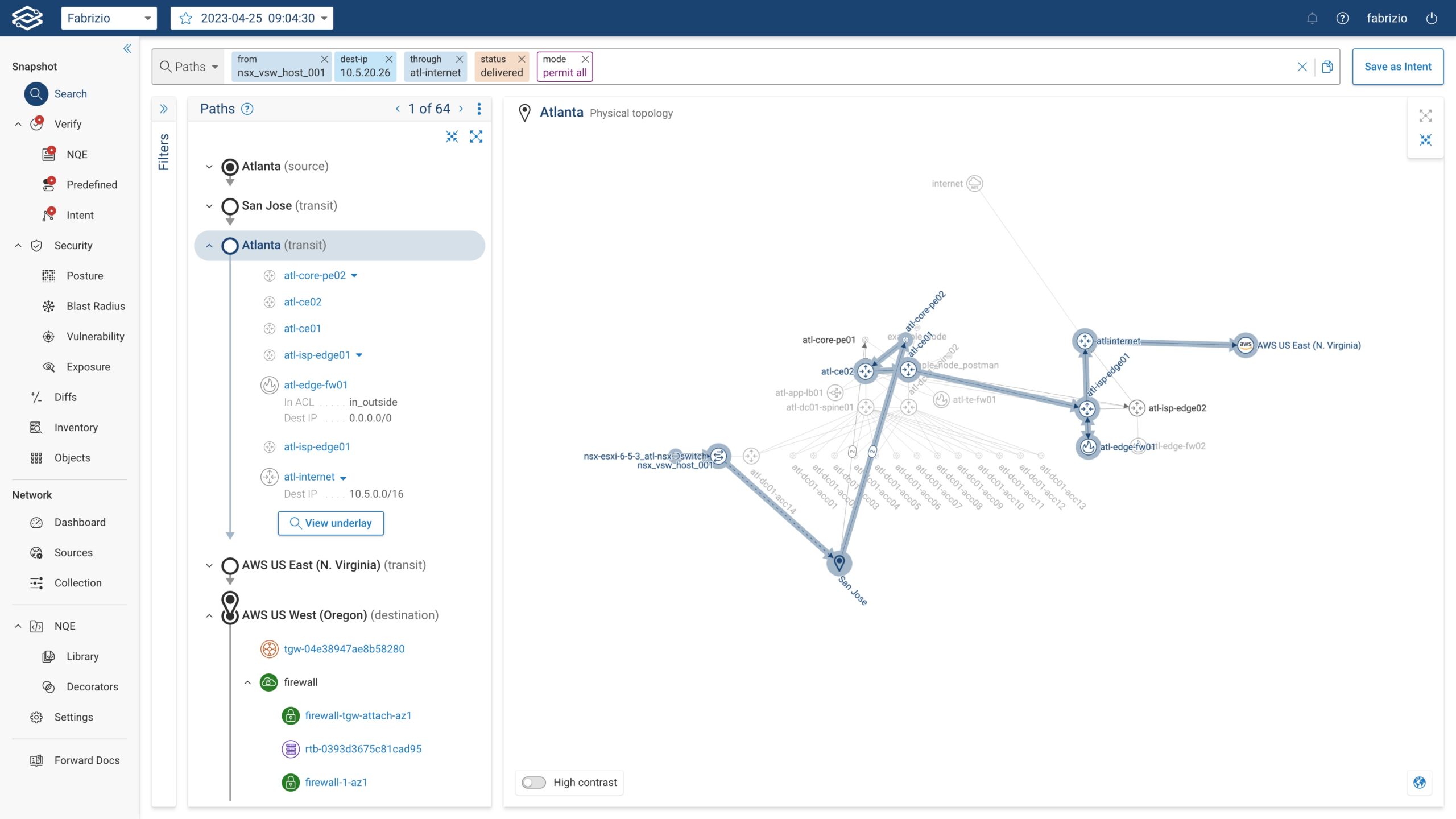Network visibility is critical today. With networks both on-premises and in the cloud and workloads on bare metal, virtualized, and in containers, complete visibility is challenging. Visibility is needed to understand how applications talk to each other is necessary before implementing zero-trust policies. Visibility is also necessary for troubleshooting network connectivity and performance issues as well as to investigate security incidents. For many network engineers, it is rare to find an organization that has accurate documentation of their network infrastructure, much less an understanding of application dependency mapping (ADM) and flows.
Bringing Empathy into the Conversation with Forward Networks
Forward Networks has recognized this issue and how to solve it. At Networking Field Day in February, Brandon Heller, co-founder of Forward Networks, used a term that’s not commonly heard from any technology company before. This word is “empathy.” This word is so essential for so many life situations; he stated, “A day in Application Development is never a usual day.” He followed that with “Starting with empathy for network operations and engineers.” It was apparent that he and many of the other developers and engineers have been in the trenches. They developed a product to solve real-world operations and engineering issues. Too often, we hear, “that is a solution looking for a problem to solve.” In the case of Forward Networks, when you start with empathy, you are indeed solving a problem.

What Forward Networks Offers
The Forward Networks platform launched in 2016, and by utilizing a user experience team, they continued to develop the product to be what engineers and network operations staff needed. Using intelligent algorithms, Forward Networks speeds up engineering and operations tasks, providing scale for Fortune 500 companies, short time to value, and ease of use. Staff can go from reactive to proactive by understanding complete workflows.
There are two versions available. One is all on-premises with the collector and the analytics local. The SaaS version has the collector on-premises, and the analytics and web interface are via AWS or Azure. It’s very impressive is that the setup takes only about 15 minutes. If there is a CSV file with network devices, it can be imported by Forward Networks. Wizards will assist with the discovery of devices. Hybrid cloud can be incorporated by simply adding the login information for AWS or Azure. Once the devices are discovered, a graphical representation of the links is completed. Drill in to view the MAC Tables, LLDP, CDP, ARP, etc. The links are color-coded; green for bi-directional traffic, yellow for unidirectional, grey for devices discovered but not passing traffic, and red for links that are down. Network searches can be performed by using plain language.
Network security and data center networking are closely intertwined. If a device is compromised, drilling into the network path that was traveled can allow for a better understanding of how it reached the destination. This is a sound way to troubleshoot security from a network engineer’s perspective. Pushing the product further to be more user-friendly to security engineers will be beneficial in the future.
Final Thoughts
Networking is getting more complex, more automated, and exists in more places. The ability to correlate events, visualize network behavior, have forensics information to model and incident, and have open APIs for integration with other products are some of the outstanding features of Forward Networks. This is one company to keep an eye on, as they are indeed empathic to network engineers and operations staff. To learn more, check out their presentation from Networking Field Day.




